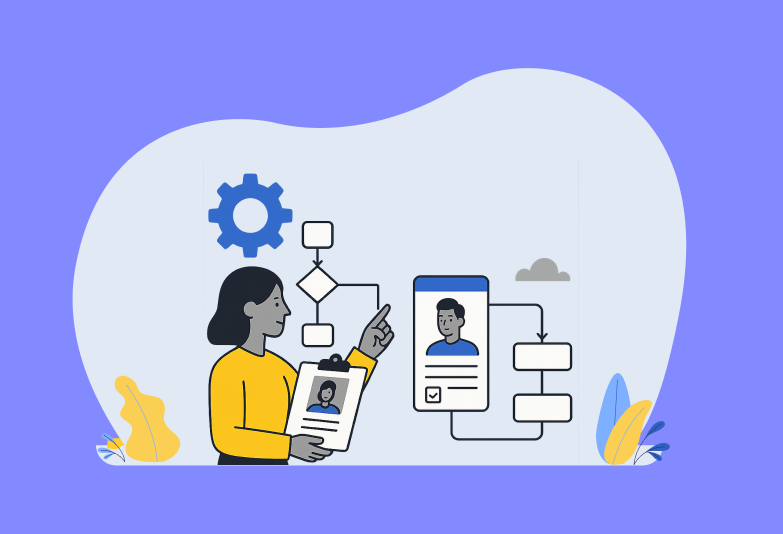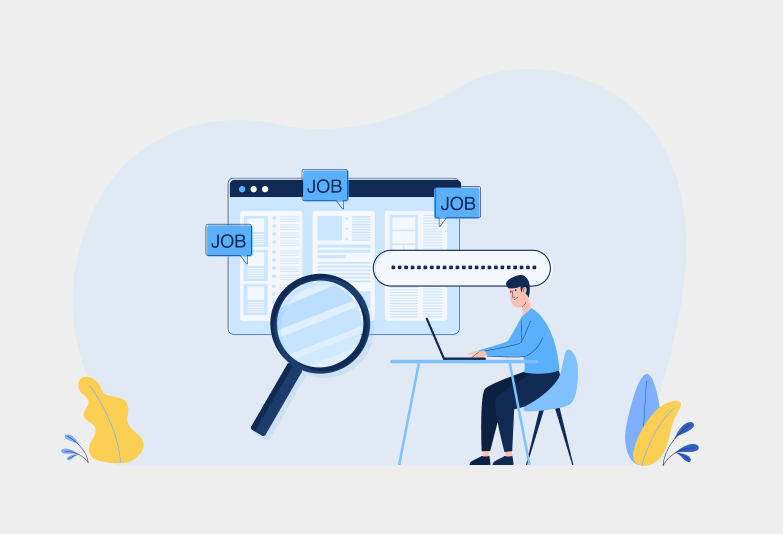It’s not only the money that employees are after; they also want to know what opportunities and benefits you bring to the table. As the war for talent goes big and fierce, more and more candidates seek employment opportunities that not only provide them a six-figure salary but also offer them different types of employee benefits that fit their lifestyle.
If you are hoping to find talent and planning to retain them, you need to take a long hard look at what you are bringing to the table. This article looks at various employee benefits you should consider offering to attract and retain your employees.
What Are Employee Benefits?
Employee benefits are the various types of tangible and non-tangible compensation given to employees apart from their regular wages or salary options. These benefits are generally included in the job offer and serve as a way to attract and retain top talent.
How Do You Categorize Employee Benefits?
In this section, we have broadly classified common employee benefits into four categories:
- Work benefits
- Health benefits
- Financial security
- Lifestyle benefits
Types of Employee Benefits Explained
Let’s understand above four categories of employee benefits in detail:
Work Benefits
The following types of work benefits provide employees the help and support they need to do their job well:
Company equipment
Employers provide tools and resources to help employees perform their jobs effectively. These may include, but are not limited to:
- Computer/portable devices
- Seating (ergonomic chair, etc.)
- Desk
- IT accessories
- Office supplies (paper, pens, notepad, diary, highlighters, etc.)
Training and development
Companies pay their employees to attend training and development courses. This employee benefit helps employees grow and learn without worrying about spending their money on acquiring skills and knowledge for personal and professional development.
Leaves
Employers offer employees the following types of leave as a part of employee benefits:
- Paid vacation time – Also known as annual leave (AL), this leave is a set number of paid days an employee can take off from work per annum.
- Family leave – Employees can use this leave to take care of their children or elderly parents.
- Paid sick leave – This leave is offered to employees to recover from sickness without having to worry about coming to work when their health should be a priority.
- Extended leave: Employees may extend their leave and be on leave without pay status.
Employee clubs and activities
These employee benefits include celebrating birthdays, offering gym memberships, playing games like Secret Santa, sports activities, etc. These benefits promote employee wellness and help develop a positive company culture.
Health Benefits
Typical employee health benefits include:
Medical coverage
This employee benefit covers consultations, doctor’s visits, emergency medical intervention, regular check-ups, and much more.
Vision insurance
Vision insurance covers prescription lenses, eye exams, routine check-ups, and ocular procedures.
Dental insurance
Generally, dental plans cover cleaning, routine examinations, and dental procedures like fillings, root canals, and oral surgery.
Pharmacy benefits
Many health coverage plans cover pharmacy benefits, including no-cost prescriptions and lower co-pays for medicines.
Specialist services
Specialist services, such as referrals from primary care physicians, are included in many employee benefits packages. From skin specialists to sleep specialists, this employee benefit includes coverage for non-routine exams and procedures.
Mental health coverage
Stress, pressure, and prolonged work hours can take a toll on employees. Hence, mental health coverage becomes a trending employee benefit. This health coverage includes behavioral and cognitive therapy services, divorce, grief, and family counseling. The medications for mental disorders are also usually covered.
Financial Security
Typically, employers offer financial security by providing the following types of employee benefits:
Life insurance policies
Life insurance policies are usually group-term life insurance. This means the insurance provider has a master contract with the employer to provide life insurance coverage to all the employees for a certain period of time.
Retirement/pension planning
Most employers offer retirement benefits by contributing to their employees’ retirement plans, helping them reduce their tax burden, and allowing their money to accrue interest over time.
Employee assistance program (EAP)
An EAP ensures confidential counseling services for employees who have financial and personal issues that are affecting their work. This program includes offering advice, creating a debt consolidation plan, and helping employees tackle their financial problems.
Living stipends
Some employers offer their employees stipends to help them cover their living costs, especially if employees need to relocate for work. This stipend can cover living expenses such as home office setup, relocation fees, rent, and even utility bills.
Student loan repayment
Many employers offer their student loan repayment benefits to help their employees pay off their loans sooner. The amount that the employer contributes depends on the loan amount and monthly minimum payment.
Disability benefits
Disability benefits provide income support to employees who have suffered injury or illness because of which they cannot work.
Workers’ compensation
Workers’ compensation plans usually cover illness, accidents, and injuries suffered while on the job.
College scholarships and grants
Many companies develop scholarship programs to allow their employees to return to college/school and complete their education.
Lifestyle Benefits
This category of employee benefits offer employees flexibility to maintain a good work-life balance and effectively plan their lives around work:
Travel expenses
Employers cover the cost for employees who are required to travel for business. The costs usually cover accommodation, food, travel, and other living costs.
Transportation
Some companies offer transportation for employees who are required to travel far or travel at odd hours to work. Some employers also provide company vehicles for employees to use to complete their job duties.
Remote work flexibility
Many companies now offer work-from-home opportunities and remote work flexibility to work from home one or more days per week.
Investment opportunities
Many corporate businesses and organizations allow employees to invest in company shares, stocks, and other profit-growing opportunities to benefit from its growth and profitability.
Employee Benefits: A Wrap-Up
There you have it! Four types of employee benefits to attract and retain employees. To keep up with the changing work behaviors and employee benefits, an ATS can help streamline the recruitment process to ensure you find the right candidate for the job. Jobsoid’s ATS helps candidates have a pleasant experience, prompting them to join you and stay with you. Try Jobsoid for free!



